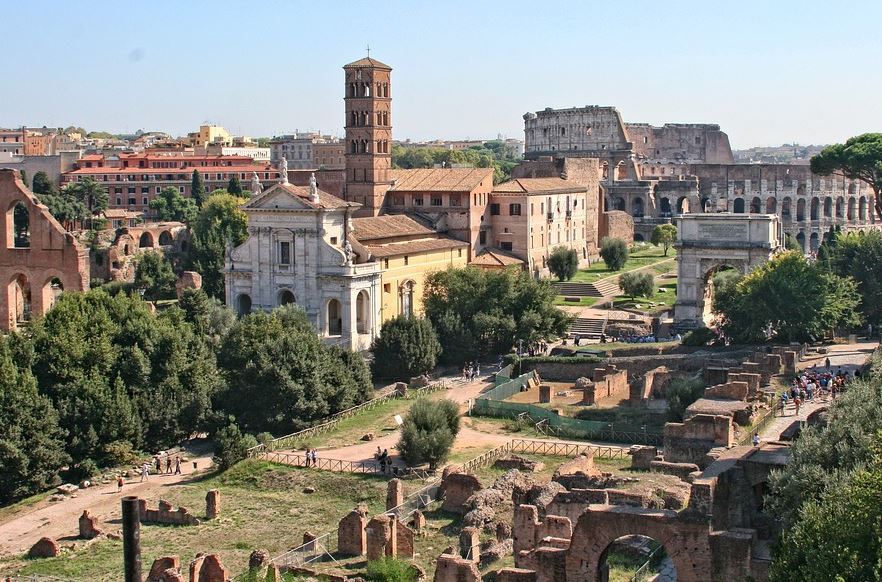
Building Codes Throughout History
building codesThe earliest known building codes go way back. Nearly 4,000 years ago, Hammurabi established a law in Babylon to protect people in buildings. The goal, they say, was to protect people from faulty construction hazards. See, Hammurabi was the sixth king of the First Babylonian Dynasty. His reign lasted from 1792 BC to 1750 BC. The Code of Hammurabi dates back to around 1754-1772 BC. Indeed, rules in the code made builders liable if a house collapsed.
Early Greek and Roman Laws
Early Greek and Roman laws also tried to protect people’s lives. Their laws controlled what type of materials could be used. Plus, their laws governed the sizes of buildings. In fact, they even had provisions for construction inspections! A fire in Rome in 70 BC led to additional rules.
Historic London Building Codes
Numerous laws over construction came about in London after the awful fires of 1664 and 1666. Actually, these fire led to a ban on thatch roofs! It also commanded the replacement of existing thatch with tile roofing. Obviously, chimneys made of timber were outlawed. Instead, stone, tile and plaster chimneys were mandated. Regulations governed timber sizes, wall thicknesses and the number of stories allowed. Then, inspectors were appointed to enforce these laws.
Modern Model Codes
The first model code enacted in the United States was put together people representing the fire insurance industry. They lost major money after serious losses from huge municipal fires in the late 1888’s. Fires in cities across the country caused serious losses of life (and funds.) Boston, New York, Chicago, Baltimore, and San Francisco all saw major destruction from fires at that time. Ultimately, this led to the National Building Code. Of course, it’s been revised many times. The rest, of course, is modern history.